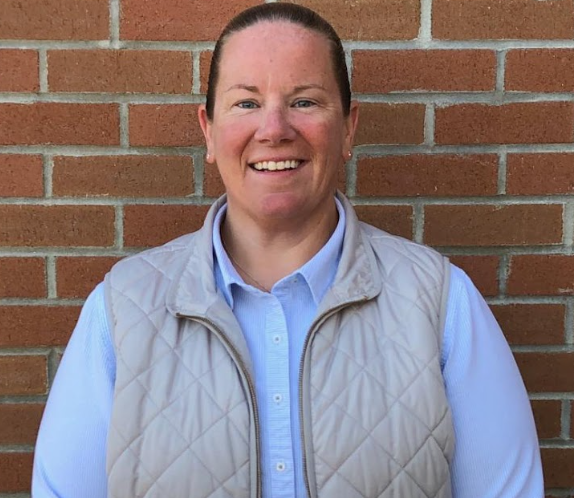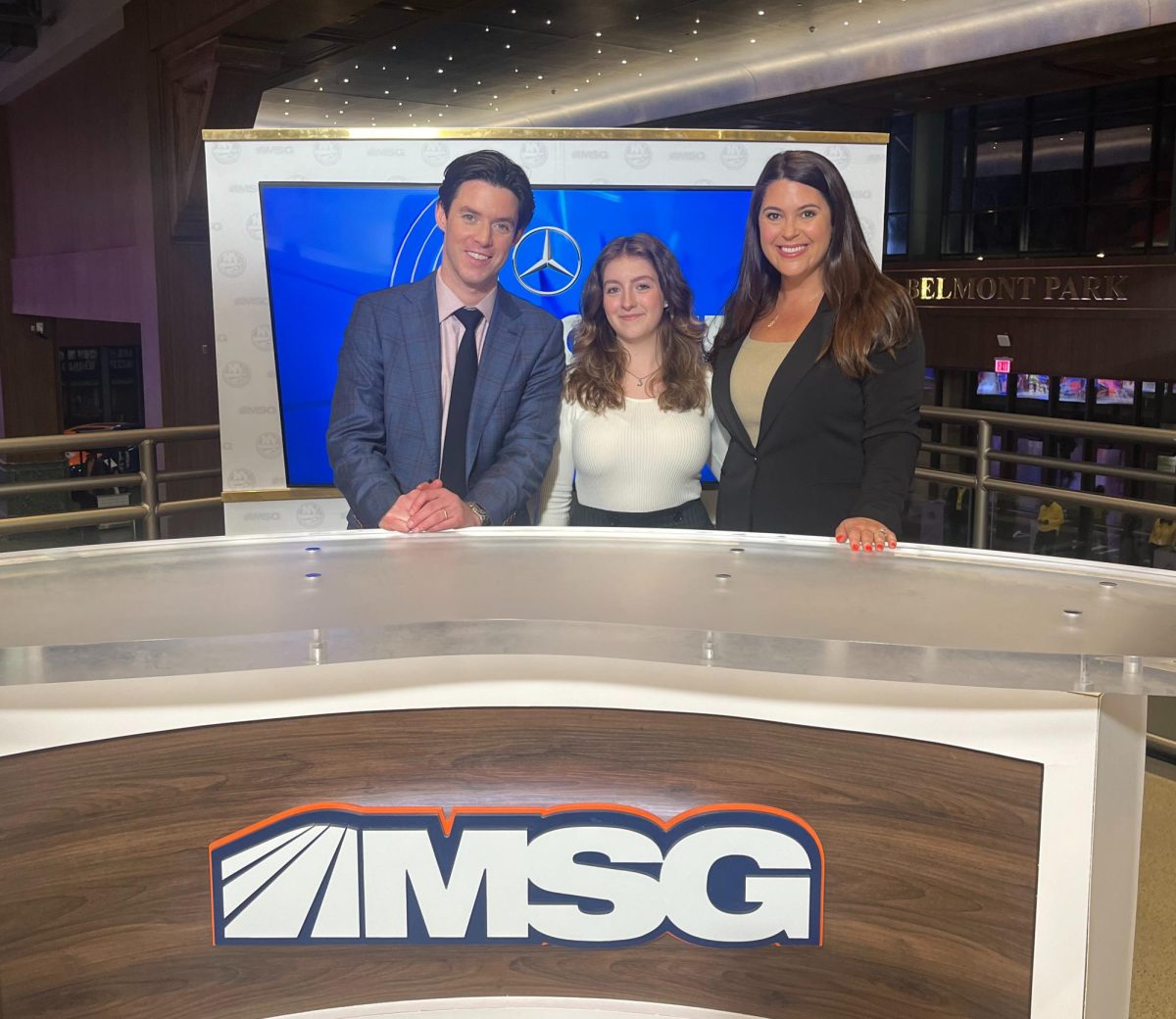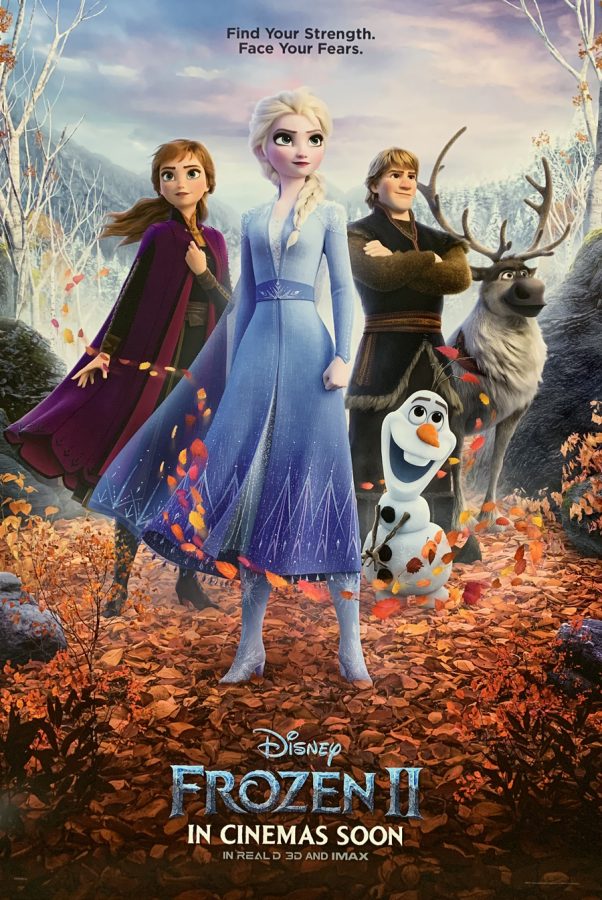“Frozen 2” Breaks Box-Office Records
December 4, 2019
For Walt Disney Studios, 2019 has been its highest-grossing year. The film studio earned $7.67 billion total by July — an industry record that no other studio has been able to achieve. The dollars raked in by Disney have just increased since then, as their most recent film, “Frozen 2,” earned $358 million its opening weekend globally. $130 million were from theatres in North America only. As of the weekend of November 30, the film had made nearly over $600 million worldwide, with $164 million coming from North America.
The sequel to Disney’s immensely-popular 2013 animated film, Frozen, continues the adventures of sisters Anna and Elsa. Taking place three years after Elsa was crowned queen, Elsa follows a mysterious voice she hears and embarks on an epic quest to unlock secrets about her powers, her family and the kingdom’s past, joined by her sister Anna; Kristoff, Anna’s boyfriend who is an ice harvester; and their snowman sidekick Olaf, who serves as the comic relief. Like the first film, Frozen 2 features high-quality animation with stunning visuals, rousing original songs described by cast member Josh Gad, voice of Olaf, as “‘even better’ and ‘even catchier’ than the first film’s”, and a captivating plot with heartwarming moments and a balance of action, adventure, romance and humor that is sure to please fans of the first film and everyone alike.
In an interview with CNN, Paul Dergarabedian, senior media analyst at Comscore, said that the film delivered “family-friendly entertainment to ‘an enthusiastic global audience on an advantageous release date,’ which helped solidify Disney’s position as the highest-grossing studio this year.” The fact that Disney’s sequels to its films are rarely theatrical, usually coming straight to DVD or streaming in this era, also helped—according to Forbes, “Since Frozen was not created as a franchise-starter, it has an advantage over many of the disappointing sequels we’ve seen of late. It only exists because of consumer demand, not because the studio wants to milk a once-successful IP or because certain filmmakers want to roll the dice again with their favorite franchise.”
The film was dubbed into 50 different languages, allowing for worldwide viewers to experience the film in their language. The fact that the film received a special dubbing into Northern Sámi, an indigenous language spoken in some parts of Scandinavian countries such as Norway, Finland, Iceland and Sweden, also helped it earn money. Upon the release of the film in the Nordic region in December, in all the Nordic languages including Northern Sámi, more indigenous people from those countries were able to see the film, which was inspired by the Sámi culture, in their native language.












